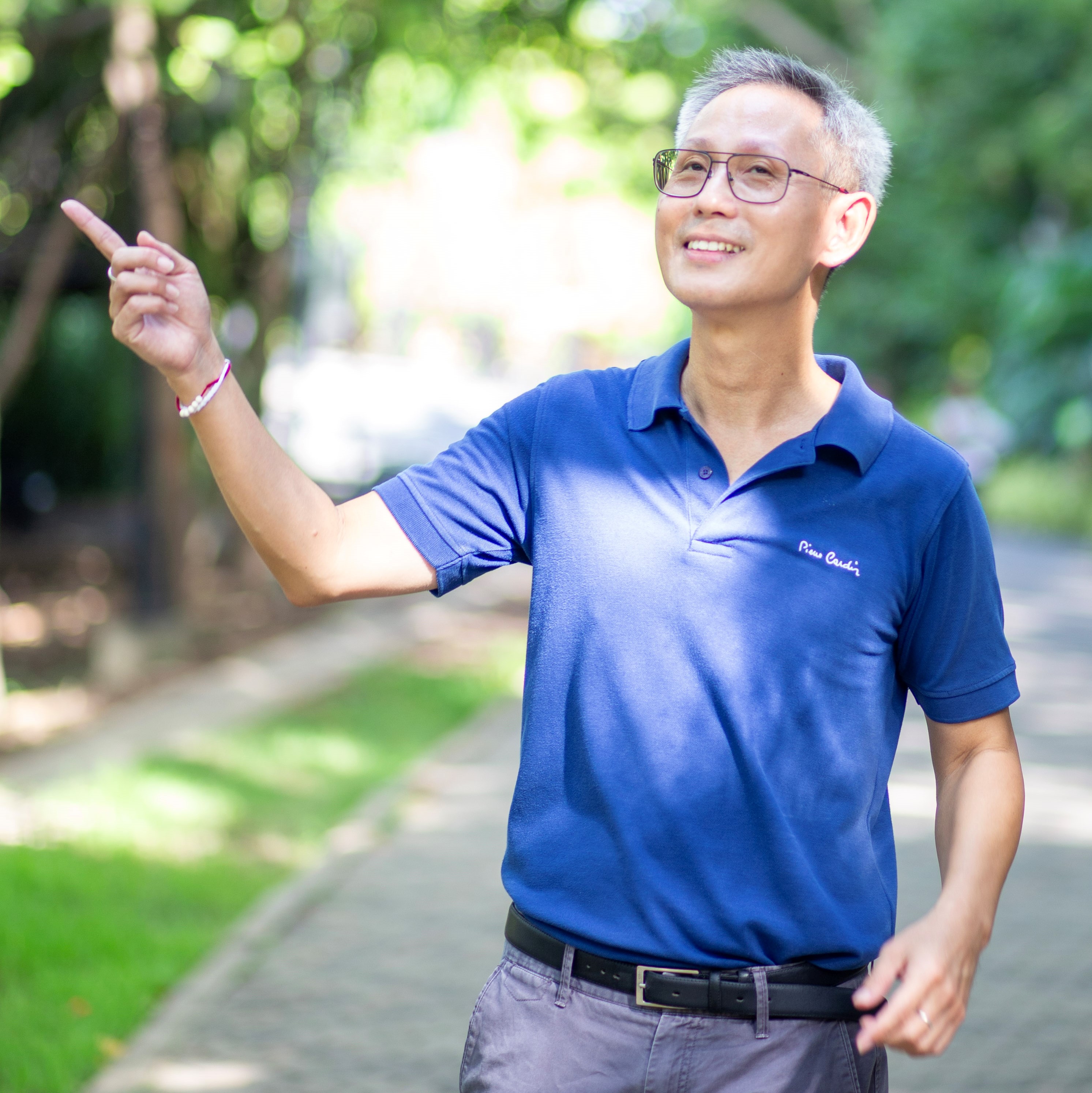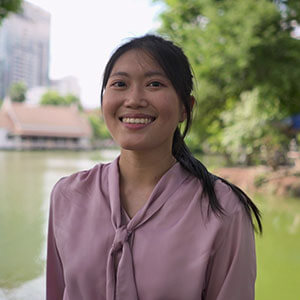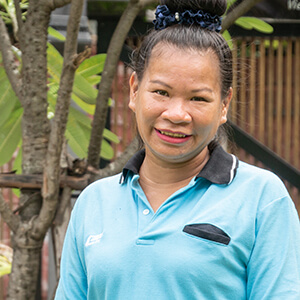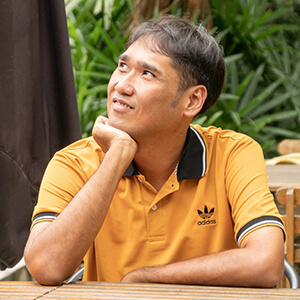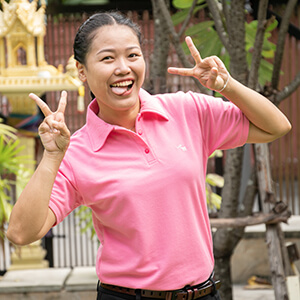The Marble Temple: Bangkok’s Architectural Masterpiece
Wat Benchamabophit Dusitvanaram is known by many as the Marble Temple. This nickname comes from its stunning Italian Carrara marble construction. Moreover, the pillars, courtyard, and lion statue guardians are all made entirely of this precious stone. Therefore, it ranks among Bangkok’s most beautiful temples.
The temple’s name means “the Monastery of the fifth King near Dusit Palace.” The fifth King refers to King Chulalongkorn the Great, also known as Rama V. Furthermore, this connection to royalty adds to the temple’s significance in Thai history.
Because of its unique materials and design, the temple attracts visitors from around the world. Additionally, the marble construction creates a cool, peaceful atmosphere that differs from other Bangkok temples. Therefore, many people find this temple particularly memorable during their Thai travels.
Royal Design and Cultural Recognition
Prince Narisara Nuvadtivongs designed the temple in 1899. Notably, he was a half-brother of King Rama V, which explains the royal influence in the design. The temple draws many admirers because of its traditional Thai balanced architecture combined with European and Chinese design elements.
Wat Benchamabophit holds special status among Thai temples. Specifically, it’s one of only six temples in Bangkok with the title of highest grade first class Royal temple. These temples are known as Racha-Vora-Vihan. Moreover, only 10 temples throughout all of Thailand receive this honor.
The temple’s importance extends beyond Thailand’s borders. For example, the complex was featured in the 9th season of the popular TV series The Amazing Race. Additionally, in 2005, UNESCO considered the temple for future World Heritage Site status. Therefore, international recognition confirms the temple’s cultural and architectural value.

Unique Architectural Fusion
Who could visit Thailand’s capital without seeing how European architecture and Italian marble blend with the country’s temples and religion? This fusion creates something truly special that you won’t find elsewhere. Moreover, the combination shows how Thai culture has embraced outside influences while maintaining its identity.
Because Wat Benchamabophit isn’t heavily promoted like Wat Pho and the Grand Palace, it draws fewer foreign tourists. Consequently, visitors often enjoy a more peaceful experience here. Therefore, you can appreciate the temple’s beauty without fighting large crowds.
The reduced tourist numbers also mean you can spend more time examining the detailed craftsmanship. Furthermore, the quieter atmosphere allows for better photography and personal reflection.
Sacred Buddha Statue and Royal Connection
Inside the ordination hall (or Ubosoth) stands a Buddha statue designed in the Sukothai style. However, this statue holds special significance beyond its artistic beauty. The ashes of King Chulalongkorn (Rama V) rest beneath this statue. Therefore, the temple serves as both a place of worship and a royal memorial.
This connection to King Rama V makes the temple particularly important to Thai people. Moreover, it explains why the temple receives such careful maintenance and respect. Additionally, many visitors come specifically to pay respects to this beloved king who modernized Thailand.
The statue’s Sukothai style represents one of Thailand’s most revered artistic periods. Consequently, art lovers can appreciate both the historical significance and artistic excellence in one location.

The Sacred Bodhi Tree
Curious visitors who seek deeper meaning will be delighted by a special discovery. A Bodhi tree from Bodhgaya, India grows just behind the ordination hall. Moreover, this tree comes from the exact location where Buddha reached enlightenment. Therefore, it carries tremendous spiritual significance for Buddhist practitioners.
The tree’s presence connects Wat Benchamabophit directly to Buddhism’s most sacred site. Furthermore, it shows the temple’s commitment to authentic Buddhist traditions despite its unique architectural style. Additionally, many visitors find sitting near this tree particularly peaceful and inspiring.
King Rama V spent time as a monk at this temple before his coronation. Consequently, the tree witnessed the spiritual preparation of one of Thailand’s most important kings. Therefore, this adds another layer of historical significance to an already meaningful location.
Unique Alms-Giving Tradition
Visiting Wat Benchamabophit with a private tour guide is recommended because the temple operates differently from most others. The temple remains active, and monks’ private living areas sit across the canal, separated from the main temple area. Moreover, starting at 6:00 am, local community members bring food and offerings to the monks.
People bring various items including curry, rice, lotus buds, incense, and toiletries. However, this practice differs from most other Thai temples. Normally, monks leave early in the morning to accept alms from people in the community. Therefore, at Wat Benchamabophit, the community comes to the monks instead.
This unique system creates special opportunities for visitors. For example, you can observe authentic religious practices that few tourists ever see. Additionally, the early morning timing means you’ll experience the temple at its most peaceful and spiritual moment.
Festival Celebrations and Evening Ceremonies
The evening candlelight processions during Thai Buddhist festivals create unforgettable experiences. These special ceremonies happen during Makha Bucha in February and Wisakha Bucha in May. Therefore, timing your visit during these festivals offers extraordinary cultural experiences.
During these processions, hundreds of people carry candles while walking slowly around the temple. Moreover, the marble surfaces reflect the candlelight beautifully, creating a magical atmosphere. Additionally, the combination of traditional chanting and flickering lights creates deeply moving spiritual moments.
Because these festivals only happen twice yearly, many travelers plan their trips specifically around these dates. Therefore, if you’re interested in experiencing authentic Thai Buddhist culture, these processions shouldn’t be missed.
Customer feedback – “A nice interesting place to visit. The marble construction makes this place very unique. Not one of the temples on the main tourist trail so it has fewer people. Beautiful building set in gardens with a small river and some nice bridges.”

Customer feedback – “If you only have time to see one of the smaller temples in Bangkok, make it this one. It is really beautiful, with nice quiet gardens surrounding it. (#5) I had a few questions about some of things I saw inside the temple and wished I had a tour guide with me at the time.”
When visiting Wat Benchamabophit, it is recommended that you set aside about a half day (including transport time from most central Bangkok locations) to view all of the temple complex. Those wishing to visit additional attractions in the same area as Wat Benchamabophit should consider combining it with a visit to Vimarnmek Mansion (closed).
Wat Benchamabophit is open every day from 8am until 5:30pm.
Admission Price: 100 Baht (allows entry into every building) per person.
Things you should be aware of when visiting Wat Benchamabophit:
- Respectful attire is required. Wat Benchamabophit is a functioning Thai Buddhist temple, and a such the management insists that visitors dress in a respectful manner. This means that men must wear long pants and short-sleeved or long-sleeved shirts (no tank tops or sleeveless shirts). Women must wear skirts or pants extending at least to the knee, and also should not wear a top that reveals bare shoulders.
- Visitors are allowed to take photographs in any area of the complex.
- It is recommended that you wear shoes that can be easily removed as you’ll need to take them off when entering any structure in the complex.

